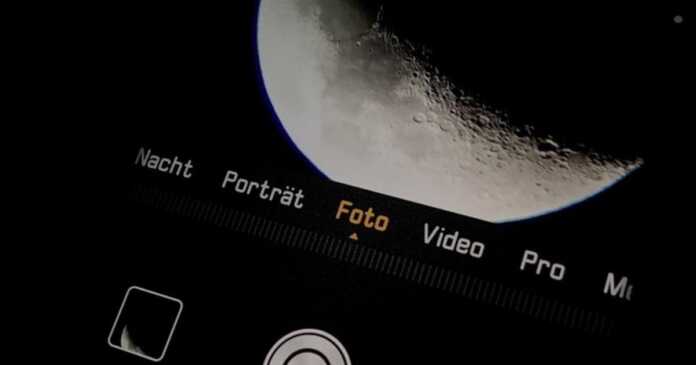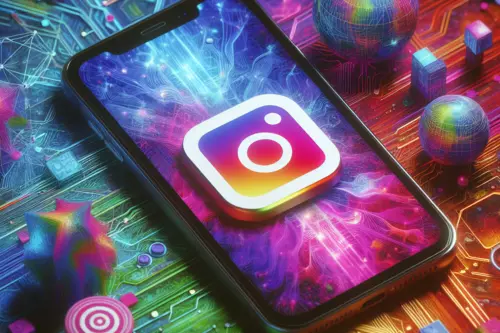With a smartphone and some accessories you can create amazing pictures of the moon. We reveal what is necessary for a good photo of the moon.
The moon is both a fascinating and rewarding photo motif and provides impressive results even for beginners. The great thing is that neither an outrageously expensive telescope nor a special camera or the like are necessary. If your own smartphone meets certain criteria, you can take great pictures without a lot of equipment. If you also use a telescope from 80 euros, middle-class smartphones (guide) are enough . We’ve been through the night, tried a lot – and show what there is to consider.
The moon is bright, yes. Accordingly, it can actually be photographed in almost any environment. Nevertheless: in cities or in the vicinity of airports and industrial plants, a high proportion of scattered light from city lighting creates unfavorable conditions. One or the other street lamp does not immediately disturb the moon photography, but a place that is as dark as possible is better suited for the nocturnal moon hunt. If in doubt, the dirt road on the outskirts is a good idea.
A helpful tool for finding a location is The Photographers Ephemeris , which not only gives the position of the sun and moon for your own location, but also the angle above the horizon. In case of doubt, anyone who uses the tool can also take a good photo of the moon from the terrace or balcony.
In our experience, the first good pictures succeed when you photograph the moon high in the sky. Then he’s an easy target. On the other hand, if you already have some experience, you should take a look at the moon at sunrise or sunset and take a picture of it with a building or forest in the foreground, for example.
smartphone
Even a smartphone camera manages to photograph the moon in such a way that large craters and contours become visible. In our experience, you only need a smartphone camera that meets three criteria: First, at least a 10x hybrid zoom – a combination of optical and digital zoom. This provides the necessary sharpness. Secondly, a Pro mode , i.e. a camera mode in which you can set the focus, ISO value, exposure time etc. manually. The digital zoom should also be at least 30x magnification so that you can get the moon close enough.
So far we have used the smartphones Huawei P30 Pro (test report) , Huawei P40 Pro (test report) , Samsung Galaxy S20 Ultra (test report) as well as Samsung Galaxy S21 Ultra (test report) and Galaxy S22 Ultra (test report) for moon photography . In addition, there are many other smartphones that meet the criteria. Our price comparison shows an overview.
If you take photos with a smartphone or camera, you also need a stable tripod. If you can theoretically take photos with your hand at moonrise because of the high residual light, photos with a tripod are simply sharper – because with longer exposure times it is impossible to hold the mobile phone stable with your hand. We also recommend the timer function of smartphones for the benefit of freedom from blurring. In our experience, the timer should be set to at least 10 seconds. This is usually enough to avoid rough wobbles in the picture. Otherwise, moving your hand away from the display after taking the photo is enough to drastically reduce the quality.
In order to photograph the moon well, you should set the ISO value to 50 or 100, aperture to f/1.8 and exposure time to 1/1000. The autofocus can also work well in Pro mode – but if in doubt, use manual focus and the furthest possible distance (infinity). With some smartphones, artificial intelligence also helps a little. As soon as the camera detects the moon, it switches to a moon mode for more detailed shots. The result can be seen at 30x zoom for a hands-free snapshot. The picture would be even sharper with a tripod.
For comparison: For professional recordings, you certainly need a digital single-lens reflex camera (DSLR) or a system camera with a sufficient focal length, as our buying guide shows: The best system camera . From an available effective focal length of 300 millimeters, it starts with professionals. The Huawei P30 Pro is about 125 millimeters. But that’s enough for the first experiments.













